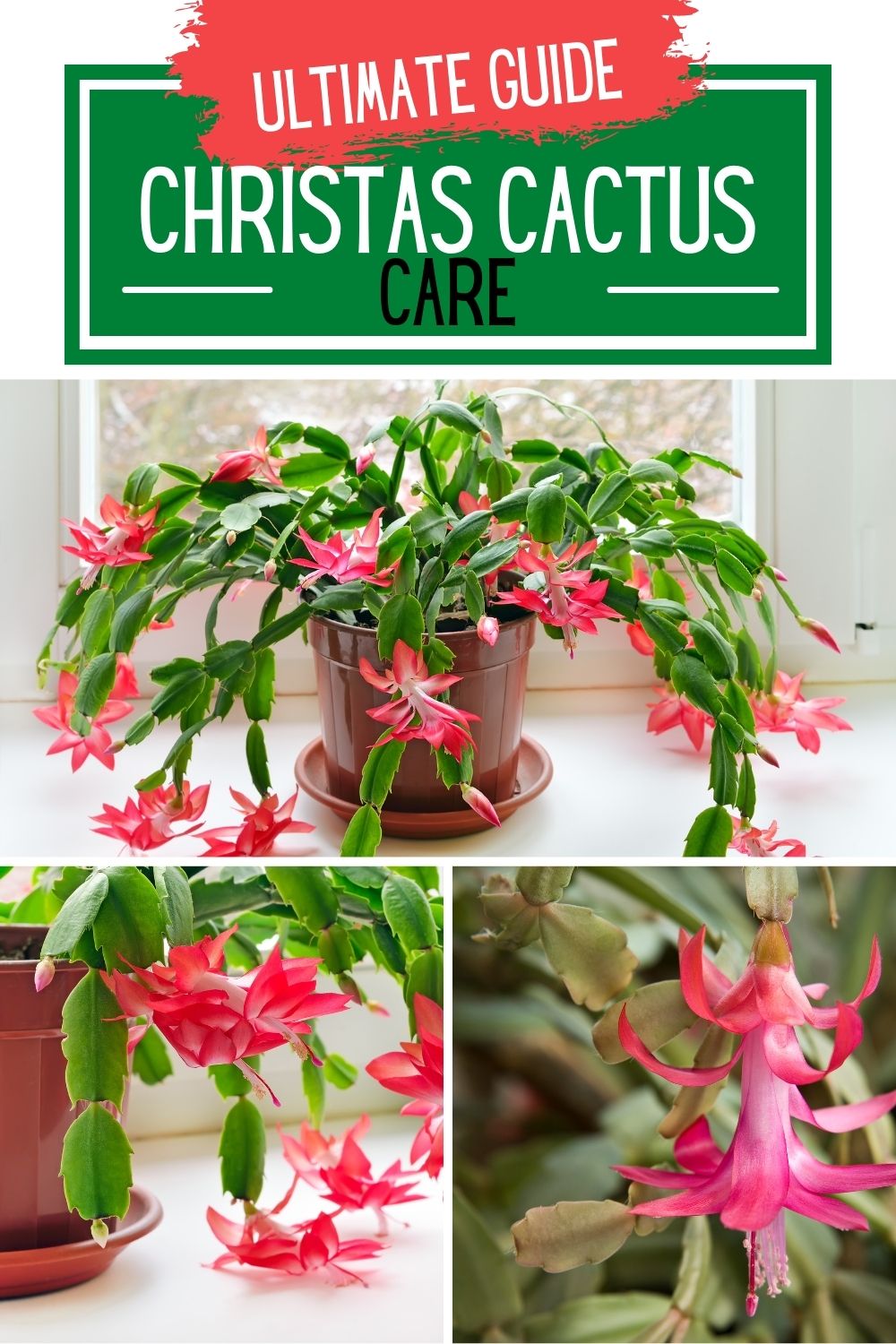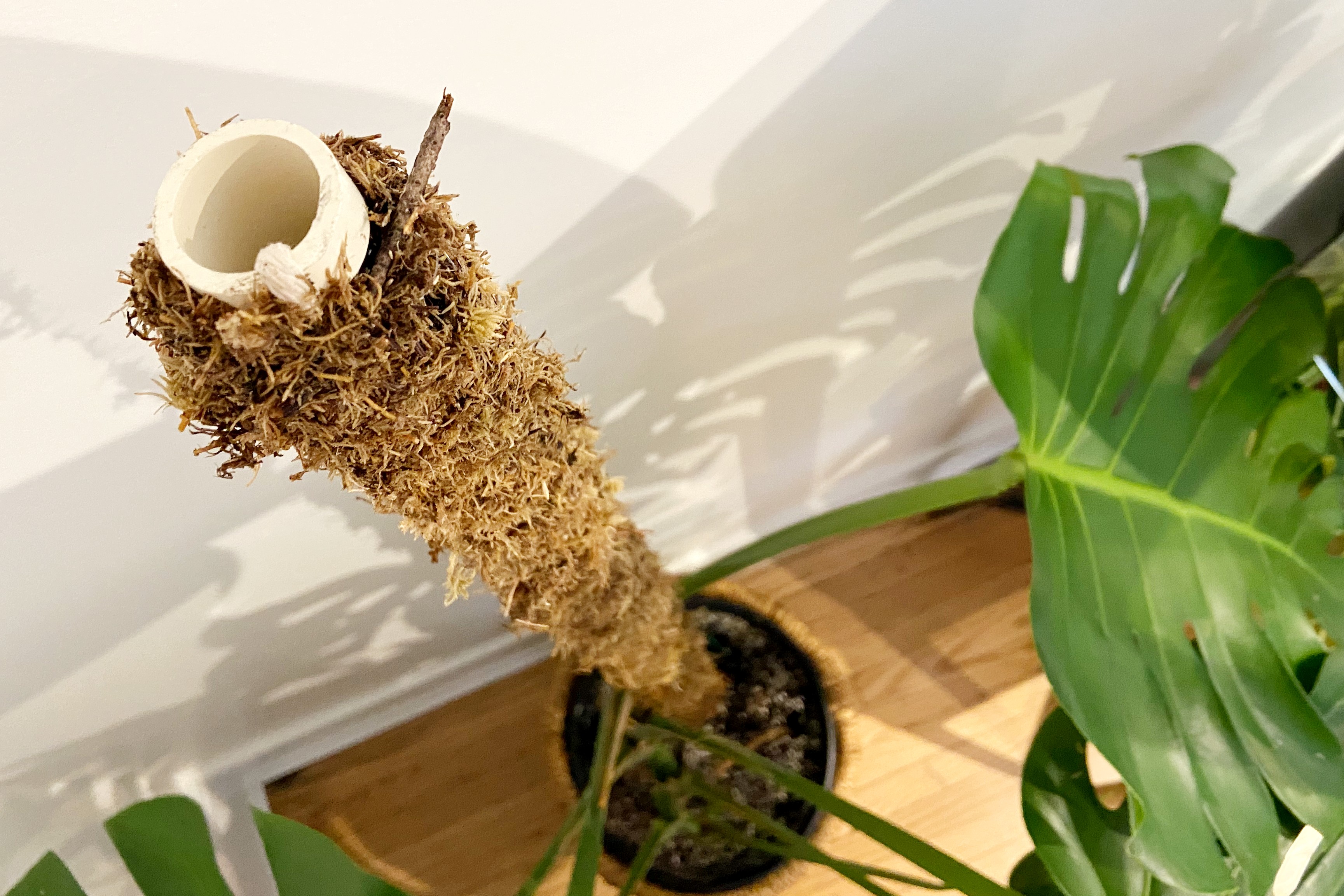Master the Art of Christmas Cactus Care: Bloom Bright All Season!

The Christmas Cactus Masterclass: Solving Every Problem, Nailing Every Bloom
If you’ve ever stared at a stubbornly green Christmas cactus in December, silently begging it to flower—or lost one to mysterious mush—you're not alone. Over the past decade, I’ve coaxed dozens of these holiday icons from limp, leafless nubs into show-stopping cascades of color. I’ve made mistakes, tested every “hack” on the internet (spoiler: most don’t work), and leaned on botanists and veteran growers for answers. This isn’t just another care guide; it’s your troubleshooting blueprint, research-backed playbook, and a collection of battle-tested tactics that will have you fielding plant compliments all winter long.

Let’s dig into what actually works—and why. Every tip here is rooted in real experience or hard science, not recycled folklore.
Table of Contents
- The Real Origins: Why Your Cactus Isn’t What You Think
- Getting Started: Setting Up for Success (and Avoiding Regret)
- Classic Mistakes—And How to Outsmart Them
- Bloom Like a Pro: Advanced Tactics from Growers & Experts
- Gear That Actually Helps (And What’s a Waste of Money)
- Real Stories: Diagnosed and Fixed—What Actually Worked?
- Troubleshooting Table: Rapid-Fire Fixes
- Your Step-by-Step Action Plan
- Beyond Basics: Next-Level Mastery & Community Wisdom
1. The Real Origins: Why Your Cactus Isn’t What You Think
Let’s get this out of the way first: Christmas cacti aren’t desert plants.
I learned this the hard way years ago after baking my first one on a south-facing windowsill in July ("Cacti LOVE sun," I thought). It shriveled like an old raisin and dropped half its joints overnight.
Here’s what most guides skip: Christmas cactus is an epiphyte from Brazil's humid cloud forests—a plant that clings to mossy tree branches under dappled sunlight, with roots never sitting wet but always surrounded by moisture-laden air.
Sensory Snapshot:
- Picture filtered sunlight flickering through jungle canopy.
- Humidity so thick your skin feels dewy.
- Soil? Not much—just crumbly bark and decayed leaves on tree limbs.
That’s your model environment.
Holiday Cactus Confusion
If you’re wondering why yours blooms in November or looks pointier than photos online—you may have a Thanksgiving or Easter cactus instead (Schlumbergera truncata or Hatiora gaertneri). Don’t sweat it; care is nearly identical except timing shifts slightly.
2. Getting Started: Setting Up for Success (and Avoiding Regret)
Most failed attempts start with poor setup—a lesson I learned after losing $40 on a root-rotted nursery specimen back in 2019.
Step 1: Choose Wisely
- Source: Local nurseries give you healthier starts than chain stores.
- Check for: Firm segments, no mushy spots, roots peeking out drainage holes = ready for repotting soon.
Step 2: Potting Like a Pro
Mandatory Rule: Drainage hole is non-negotiable.
- Why? Sitting water = instant root rot (the #1 killer).
Soil Mix (Tested & True):
- 50% high-quality potting mix
- 25% perlite
- 25% orchid bark or coarse sand
This combo keeps roots both oxygenated and lightly moist—the exact conditions found clinging to Brazilian trees.
Step 3: Placement Strategy
Forget “as close to sunlight as possible.” Instead:
- Place within arm’s reach of an east window or behind sheer curtains if brighter.
- If you can read comfortably without squinting at noon—your cactus will be happy there too.
Temperature sweet spot? “Sweater weather”—60–70°F day/50–55°F night during budding season.
Step 4: Watering That Works
After years of trial/error (and more droopy stems than I’d like to admit), this system wins:
- Poke your finger in up to the second knuckle; only water when dry at that depth.
- Use tepid water until it runs through drainage holes—then empty saucer immediately.
- Spring/summer = every 7–10 days; fall/winter = every 14–21 days… sometimes less if dormant!
Mistake alert: Don’t trust calendar reminders—trust the soil!
Step 5: Feeding Routine
Balanced liquid fertilizer (20-20-20) at half strength once monthly March–August only.
Pro insight: Stop fertilizing after mid-August if you want reliable blooms—that rest period matters more than people realize!

3. Classic Mistakes—And How to Outsmart Them
After consulting with expert growers and running several “what went wrong?” autopsies myself, these are the predictable pitfalls:
| Mistake | Symptom | Solution |
|---|---|---|
| Overwatering | Mushy/leaking joints | Repot ASAP; trim rot w/sterile scissors |
| Full sun exposure | Red/yellow scorched pads | Move out of direct light immediately |
| Heavy garden soil | Wilting despite watering | Switch to airy cactus/orchid blend |
| Skipping dark/cool period | Never buds/flowers | Start strict darkness cycle next fall |
| Oversize pots/no drainage | Slow death by root rot | Downsize pot; always use drainage hole |
Counterintuitive truth: More people kill these with kindness (overwatering!) than neglect.
4. Bloom Like a Pro: Advanced Tactics from Growers & Experts
Want those jaw-dropping cascades that make guests ask if your plant is fake?
Outdoor Summer Camp
Move your cactus outside under dense shade June–September—but only above 50°F nights! Mine doubled in size one summer thanks to rain-misted humidity and natural airflow.
Rotate weekly so all sides build strong growth (= more bloom sites).
Maximum Humidity
When my home dipped below 30% humidity last winter, buds dropped like flies until I set up pebble trays under each pot—not touching water line!
Bonus trick? Cluster houseplants together; they create their own microclimate.
Fertilizer Tweaks
Switch from balanced formula to high-phosphorus (“bloom booster,” e.g., Schultz Bloom Plus) starting September for denser flower clusters.
Veteran grower tip shared with me over coffee in St Louis Botanical Garden cafe:
"A single Epsom salt drench (1 tsp/gallon) four weeks before bud set toughens up stems."
It worked—I saw fewer bud drops that year!
Stress Signaling
Skip one watering right before beginning cool/dark treatment each autumn—it mimics seasonal drought cues from their native habitat and triggers more reliable blooming cycles.
Propagate Like a Scientist
Snip healthy stem sections with three segments post-bloom; let callous two days before sticking into damp soil/perlite mix under plastic dome/humidity tent near indirect light.
My success rate jumped from ~30% to over 85% using this method vs dropping cuttings straight into water!
5. Gear That Actually Helps (And What’s a Waste)
You don’t need fancy gadgets—but some tools earn their keep:
Must-Have Tools
- Narrow-spout watering can (prevents splashing joints/base)
- Stainless pruners/scissors sterilized between cuts
- Fabric grow pots for extra airflow if you struggle with rot
- Digital thermometer/hygrometer combo ($12 on Amazon)—monitor temp + humidity at plant level
Nice-to-Haves
- Moisture meter as backup—not gospel truth but helpful for deep-root checks
- LED grow light on timer IF natural light dips below six hours/day Oct–Feb
Skip These
- Self-watering pots (“set-and-forget” = root rot risk)
- Decorative cachepots without drain holes unless used strictly as outer containers
Online references worth bookmarking:
- Missouri Botanical Garden Plant Finder (link)
- Schlumbergera.net – Deep-dive species info + community forum
- Reddit r/houseplants – Crowd-sourced troubleshooting goldmine
6. Real Stories: Diagnosed and Fixed—What Actually Worked?
Not every rescue is glamorous—or successful—but here's what experience has taught me:

Jillian's Non-Bloomer Turnaround
Jillian texted me photos of her limp "Christmas" cactus...in October...with not even a hint of buds after four years ("Should I throw this thing out?!"). We realized she had it in bright afternoon sun by her south window AND was feeding all winter! A move behind sheer curtains plus six weeks of cardboard-box darkness at night turned her skeptic into an evangelist when pink blooms exploded just before New Year’s Eve.
Mark's Cubicle Miracle
Mark's office specimen grew leggy under relentless fluorescent lights ("I think mine's allergic to work"). A pebble tray atop his filing cabinet plus moving his plant further from direct bulbs did wonders—and now he has coworkers bringing him sad cacti every December.
Sarah's Rot Recovery
Sarah stuck rigidly to Sunday watering ("Plants love routines!"). But after finding blackened base segments last spring, she called me panicked at midnight ("Is it dead?!"). Emergency repotting into smaller container plus pruning away all mushy tissue saved two-thirds of her original plant—with bushier regrowth by summer than she’d ever seen before.
Reality check: Most turnarounds come down to fixing either WATERING or LIGHT problems—not magic fertilizers or secret potions.
7. Troubleshooting Table: Rapid-Fire Fixes
| Problem | Root Cause | Fix Now | Prevent Next Time |
|---|---|---|---|
| Drooping/leathery stems | Too wet/too dry | Check soil/root health | Calibrate watering routine |
| No flowers | No cool/dark autumn | Start proper cycle next year | Set phone reminders |
| Buds dropping | Drafts/temp swings | Stabilize temp/light | Avoid moving during budding |
| Yellowing leaves | Waterlogged roots | Repot/fix drainage | Always empty saucers |
| Shriveling pads | Low humidity/rootbound | Boost humidity/repot | Pebble tray/group plants |
| Webbing/cotton patches | Spider mites/mealybugs | Treat w/insecticidal soap | Inspect weekly |
| Black spots/mushy base | Fungal rot | Prune/treat w/cinnamon powder | Sanitize tools/drainage check |
If your problem isn’t here—chances are someone on r/houseplants has posted about it already!
8. Your Step-by-Step Action Plan
1️⃣ Identify species/bloom time so expectations match reality
2️⃣ Pot up using fast-draining mix / right-sized container
3️⃣ Place where daylight is bright but never harsh/direct
4️⃣ Let top inch dry before slow soak; avoid standing water
5️⃣ Raise ambient humidity via trays/groups—not direct misting
6️⃣ Feed monthly Mar-Aug ONLY; skip feed Sept-Feb unless actively growing
7️⃣ Inspect leaves/stems weekly for pests/yellow spots/mushy bits
8️⃣ Come September? Six straight weeks cool nights + total darkness (>12 hrs) triggers flowering! Use box or closet if needed
9️⃣ After blooms fade, prune tips for bushiness; reduce watering until new growth appears
🔟 Refresh soil/pot every other spring—or sooner if rootbound
Extra credit? Share cuttings post-pruning—you’ll learn propagation faster by helping friends succeed too.
9. Beyond Basics: Next-Level Mastery & Community Wisdom
Mastery doesn’t end at perfect blooms—it grows with each season:
✅ Experiment with shifting locations/light sources year-round and track which yields best results
✅ Join online groups/sharing circles—the collective wisdom there has solved problems even pro growers miss
✅ Try cross-pollinating cuttings between Christmas/Easter varieties just for fun (you might create something extraordinary!)
✅ Teach someone else—they’ll ask questions you haven’t considered yet
✅ Keep photo journals—it’s deeply satisfying seeing progress across seasons
At its heart, thriving Christmas cactus care comes down to observation—spotting subtle changes early—and adaptation rather than sticking rigidly to rules printed on tags decades ago.
Bookmark this resource as your go-to diagnostic tool whenever things get weird—or when you want inspiration for the next holiday display upgrade.
Remember—the difference between frustration and floral spectacle isn’t luck…it’s knowing exactly which lever to pull when things go sideways…and having the confidence that comes only from honest trial, error, research…and sharing successes along the way.
Welcome aboard—the expert club awaits!



